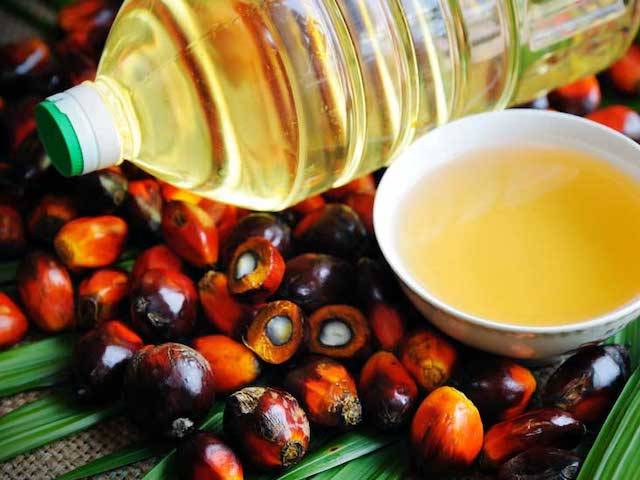
It's unusual for a country that is the world's leading producer and exporter of a commodity to have local shortages of that product to the point that the government is forced to impose price controls and shipping restrictions.
But that is exactly the case in Indonesia when it comes to palm oil. The US Department of Agriculture (USDA) estimates that the archipelago would produce 45.5 million tonnes (mt) of palm oil in 2021-22 (October-September). That's about 60% of total global output, far ahead of the second largest producer, Malaysia (18.7 mt). It is also the top exporter of the commodity in the world, with 29 mt, followed by Malaysia (16.22 mt).
However, between March 2021 and March 2022, local costs of branded cooking oil rose from roughly 14,000 to 22,000 Indonesian rupiah (IDR) per litre. The Indonesian government set a retail price cap on February 1st. These were set at 14,000 IDR for "premium" 1-, 2-, or 5-litre packs and 13,500 IDR for "simple" below-1-litre containers with minimum labels. However, due to the price limitations, the product has vanished from shop shelves, prompting allegations of stockpiling and people queuing for hours to buy a box or two (14,000 IDR is less than $1 or Rs 74).
In addition to domestic pricing limitations, the government mandated that exporters sell 20% of their projected shipments in the domestic market. The rates were set at 9,300 IDR per kg for crude palm oil (CPO) and 10,300 IDR per kg for RBD (refined, bleached, and deodorised) palmolein. With effect from March 10, the domestic market requirement was increased to 30%.
So, How Does All This Impact India
India is the world's largest importer of vegetable oils. Palm oil (8-9 mt) accounts for the majority of its yearly imports of 14-15 mt, followed by soyabean (3-3.5 mt) and sunflower (3-3.5 mt) (2.5). Indonesia was India's largest supplier of palm oil until 2021-22, when Malaysia overtook it.
The Indonesian government relaxed its retail price limitations on palm oil, as well as the 30% domestic market selling mandate on exporters, on March 16-17. At the same time, it imposed a progressive export tax based on a CPO reference price. These tariffs vary from $175 per tonne (when the reference export price is $1,000-1,050) to $375 per tonne (when the price is greater than $1,500).
Export limits, even if in the form of a levy, take into account Indonesia's larger population (27.5 crore vs. Malaysia's 3.25 crore) as well as its ambitious biofuel programme (Malaysia is still to fully implement even 20 percent palm oil admixture in diesel). As a result, the world particularly India, the largest importer will have to adjust to fewer Indonesian supply.
Meanwhile, edible oil import prices have eased from recent highs, albeit they remain higher than a year ago. This should bring some comfort to Indian homes as well as industry consumers (such as soap and cosmetics manufacturers).
Landed prices of CPO (cost plus freight, Mumbai) are now about $1,750 per tonne, compared to $2,000 and $1,175 last month and a year ago, respectively. The corresponding import prices (current versus month-ago and year-ago) stood at $1,690 ($1,960 and $1,115) for RBD palmolein and $1,800 ($1,925 and $1,290) for crude de-gummed soyabean oil.
















